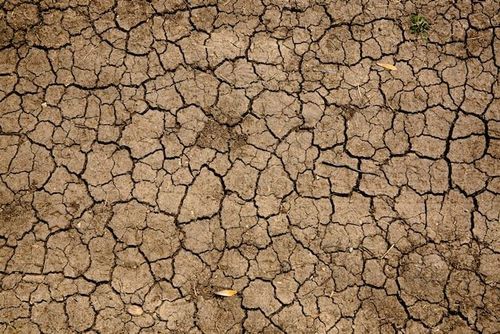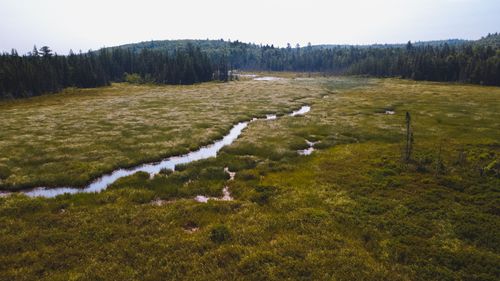In the 2040-2070 timeframe, 4 vertebrate species at risk among 14 study species might experience a contraction of current climatically suitable area within their current distribution.


For the purposes of this analysis, species at risk include species that are threatened or vulnerable, or likely to be designated as threatened or vulnerable.
The combination of a species' climatic requirements (its niche) and future climate scenarios allows us to produce geographic projections of areas that will be favorable for the persistence of these species. When a species' favorable climatic zone shrinks, the species is said to be maladapted to the new local climate and will be forced to migrate to new areas. This situation is of particular concern for species with restricted mobility and/or specific climatic requirements, such as mountaintop specialists.
These models represent only a partial view of future changes in species' habitat conditions. Indeed, several factors essential to the persistence of a species in its habitat, such as the presence of forests or the proximity to watercourses, are not considered. In addition, the climate projections do not include the occurrence of extreme climatic phenomena such as periods of drought or intense precipitation, which can threaten species’ survival. Alternatively, some species may migrate northward to follow favourable climatic conditions.
The climate change indicator highlights future climatic conditions that may be unsuitable for the persistence of species at risk. These estimates are based on current distribution maps, climate niche models, and climate scenarios.
Species at risk of maladaptation are defined as those for which the climatically favourable area within their current range is likely to decrease.
Data sources Presence data: MELCCFP (Québec) et GBIF (USA, Canada outside of Quebec) hosted in Biodiversité-Québec database
CDPNQ list for species at risk
Climate data: Current: CHELSA, resolution 1km. Climate scenarios: SSP 370 et SSP 585.
Treatment The analysis focuses on the 14 species with sufficient information to meet distribution modeling standards. Favorable climate zones for these species were modeled under present conditions (1980-2020) and then projected to the periods 2040-2070 and 2070-2100. For each period, climate projections correspond to the median of six climate models obtained using CHELSA data, including a "favorable" scenario (SSP 370) and an "unfavorable" scenario (SSP 585). The area of the favorable climate zone was calculated for each time period and climate scenario within species’ current ranges, as provided by the MELCCFP.
Changes in mean temperature and precipitation within species’ ranges were calculated by extracting these values within the MELCCFP-provided ranges between 1980-2020, 2040-2070, and 2070-2100.
Rapport sur la contribution du Québec au Plan stratégique de la Convention des Nations Unies sur la diversité biologique 2011-2020 et ses Objectifs d’Aichi Ministère de l’environnement et de la lutte contre les changements climatiques, 2022 https://www.environnement.gouv.qc.ca/biodiversite/orientations/rapport-quebec-aichi-2011-2020.pdf
Climate data Brun, P., Zimmermann, N.E., Hari, C., Pellissier, L., Karger, D. (2022). CHELSA-BIOCLIM+ A novel set of global climate-related predictors at kilometre-resolution. EnviDat. https://doi.org/10.16904/envidat.332
Biodiversity and climate changes Bertaux et al. (2015). Biodiversité et changements climatiques : vers un nouveau patrimoine naturel. http://cc-bio.uqar.ca/home.html


